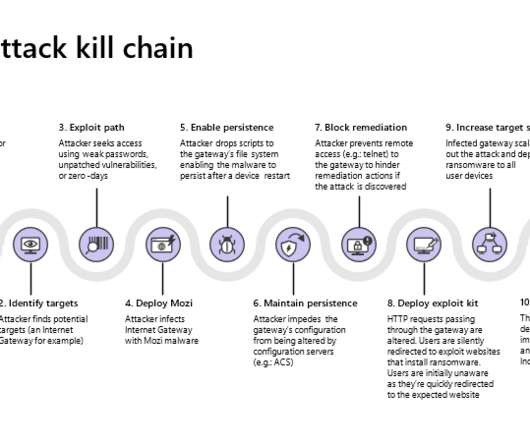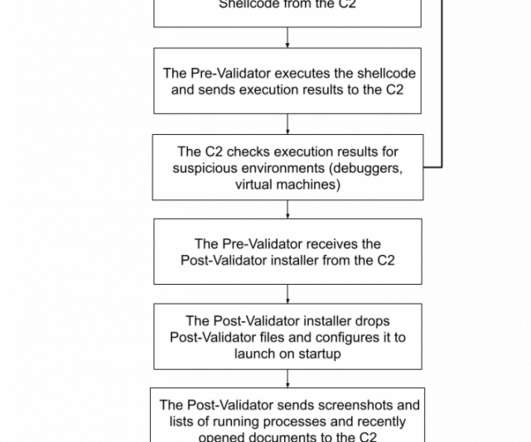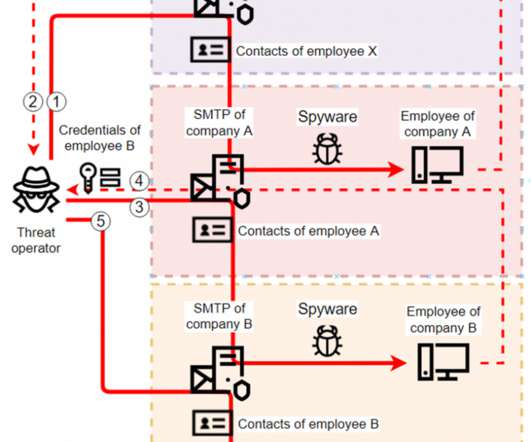Mozi P2P Botnet also targets Netgear, Huawei, and ZTE devices
Security Affairs
AUGUST 20, 2021
According to the researchers, in the last months of 2019, the botnet was mainly involved in DDoS attacks. “By infecting routers, they can perform man-in-the-middle (MITM) attacks—via HTTP hijacking and DNS spoofing—to compromise endpoints and deploy ransomware or cause safety incidents in OT facilities. Pierluigi Paganini.












Let's personalize your content